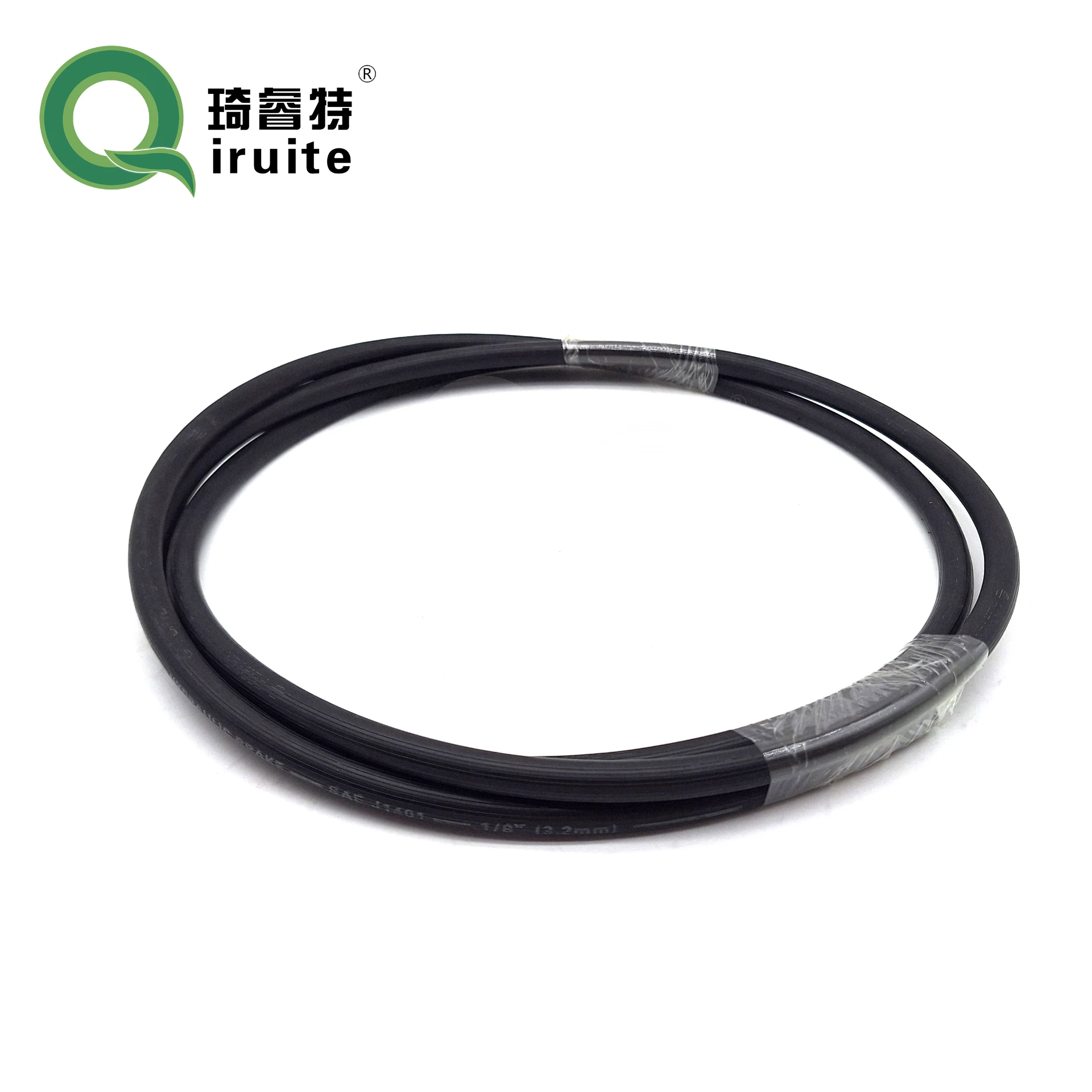22mm to 12mm converter for seamless pipe or hose fitting design
Understanding the 22mm to 12mm Reducer A Practical Guide
In various engineering and manufacturing applications, the need for different pipe sizes is common. One component that plays a crucial role in fluid and gas systems is the reducer. Among these, the 22mm to 12mm reducer is particularly important for reducing pipe diameters from 22mm to 12mm. This article aims to provide insights into the significance, construction, installation, and applications of a 22mm to 12mm reducer, ensuring a comprehensive understanding for engineers, technicians, and DIY enthusiasts alike.
What is a Reducer?
A reducer is a type of fitting used to connect two pipes with different diameters, allowing for a smooth transition from a larger to a smaller size. The primary function of a reducer is to manage fluid flow and pressure within pipelines effectively. In the case of a 22mm to 12mm reducer, it helps to transition from a 22mm diameter pipe to a 12mm diameter pipe, which can be critical in various applications.
Importance of the 22mm to 12mm Reducer
Reducing pipe sizes can be essential for several reasons. Firstly, it helps in fitting different components together without the need for complicated modifications. This ensures compatibility and efficiency in systems where space and resources must be managed carefully. Secondly, a properly designed reducer can help maintain pressure and flow rate, which is vital for the effective operation of hydraulic and pneumatic systems.
Material Considerations
The choice of material for a reducer depends largely on the application and the type of fluid or gas that will flow through the system. Common materials include PVC, brass, stainless steel, and aluminum. Each material has its own set of advantages and disadvantages, including resistance to corrosion, pressure tolerance, and temperature stability. For example, PVC is lightweight and resistant to corrosion, making it suitable for water systems, while stainless steel is chosen for its strength and durability in high-pressure applications.
Designing the Reducer
When designing a 22mm to 12mm reducer, several factors must be considered. The reduction ratio should be appropriate for maintaining an optimal flow rate and minimizing turbulence. A gradual transition is often preferred, as sharp changes in diameter can lead to increased resistance and reduced efficiency. Engineers often employ computational fluid dynamics (CFD) software to simulate and optimize the design before manufacturing.
Installation Guidelines
22mm to 12mm reducer

Installing a 22mm to 12mm reducer is generally straightforward, but accuracy is essential to ensure leak-free operation. Here are key steps to follow during installation
1. Preparation Ensure that both the larger and smaller pipes are clean and free from debris. This step reduces the risk of contamination and ensures a tight fit.
2. Alignment Properly align the reducer between the two pipes. Misalignment can lead to stress and eventual failure.
3. Sealing Depending on the type of connection (threaded, welded, or glued), apply the appropriate sealant or joining method. For PVC, a solvent cement is often used, while metal reducers may require welding or threading.
4. Testing After installation, conduct a pressure test to ensure there are no leaks. This step is crucial, especially in high-pressure applications.
Applications of the 22mm to 12mm Reducer
The 22mm to 12mm reducer is versatile and finds usage across multiple domains, including
- Plumbing Used in residential and commercial plumbing systems to adapt to various pipe sizes. - Hydraulics In hydraulic systems, reducers help in controlling fluid flow and pressure while connecting actuators. - Pneumatics In pneumatic systems, these reducers are essential for connecting different sized air hoses and ensuring optimal air pressure. - Automotive Applications They are commonly used in automotive cooling systems and exhaust systems to connect various components effectively.
Conclusion
In summary, the 22mm to 12mm reducer is a vital component in various fluid and gas systems. Its ability to transition smoothly between different pipe sizes while maintaining flow efficiency makes it indispensable in many applications. Whether in plumbing, hydraulics, or automotive systems, understanding the specifications and installation processes of the 22mm to 12mm reducer can significantly enhance both the reliability and efficiency of the systems in which they are utilized. As technology continues to advance, so too will the design and materials used in reducers, further improving their performance and applicability in engineering solutions.
-
Ultimate Spiral Protection for Hoses & CablesNewsJun.26,2025
-
The Ultimate Quick-Connect Solutions for Every NeedNewsJun.26,2025
-
SAE J1401 Brake Hose: Reliable Choice for Safe BrakingNewsJun.26,2025
-
Reliable J2064 A/C Hoses for Real-World Cooling NeedsNewsJun.26,2025
-
Heavy-Duty Sewer Jetting Hoses Built to LastNewsJun.26,2025
-
Fix Power Steering Tube Leaks Fast – Durable & Affordable SolutionNewsJun.26,2025

